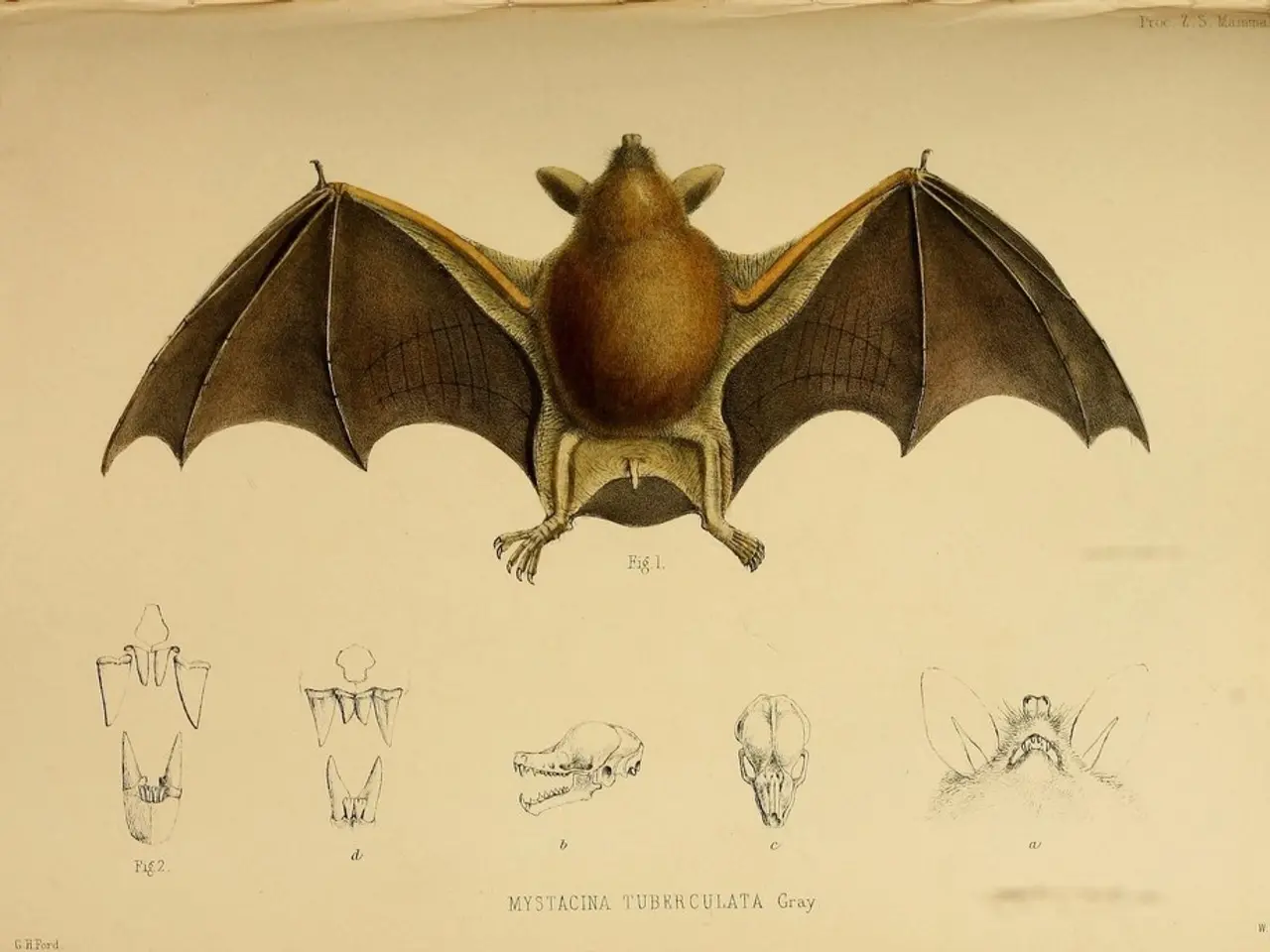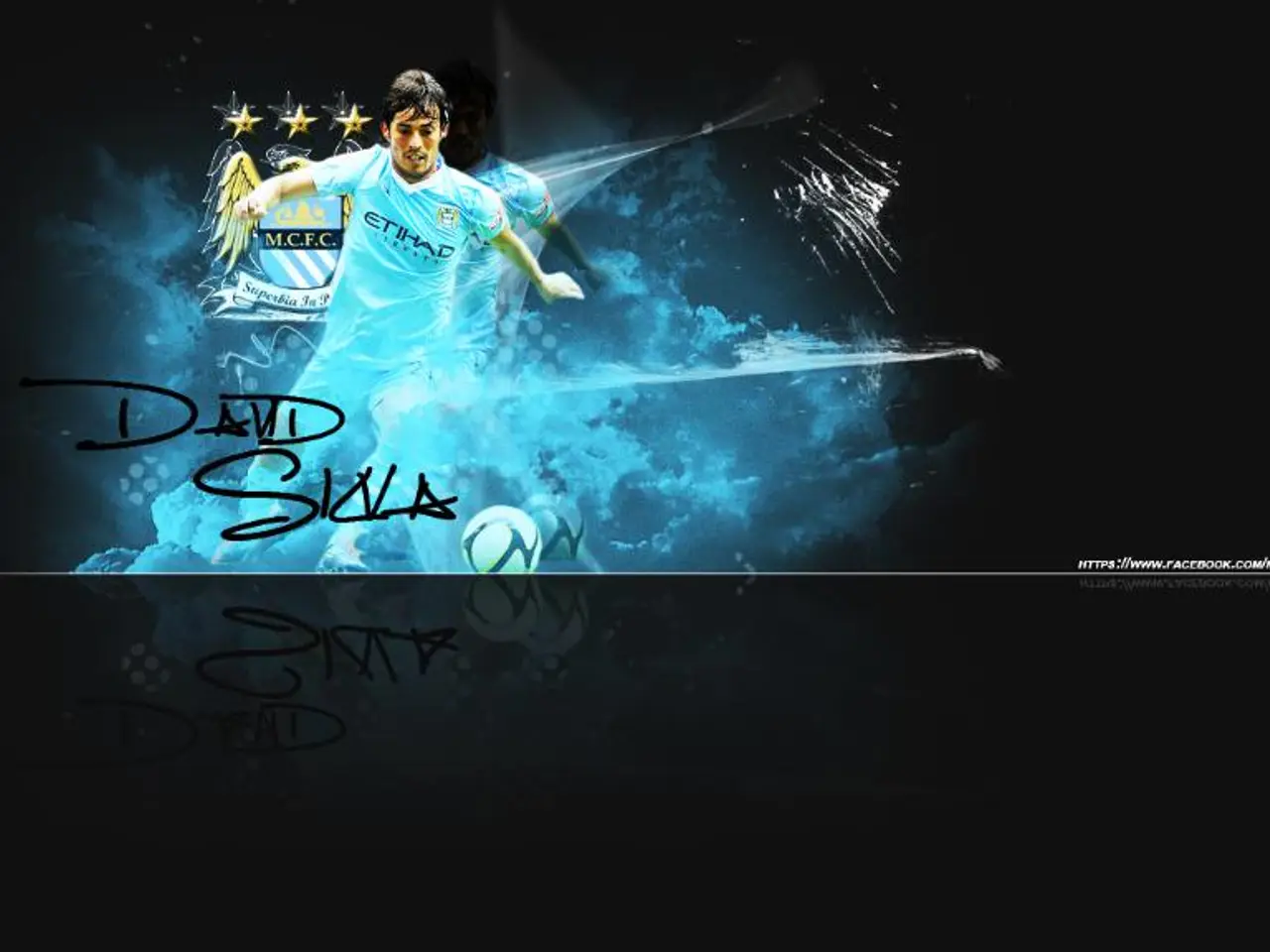The Functioning Mechanism of Baseball Bats: A Detailed Explanation
In the world of baseball, a player's bat is more than just a piece of equipment – it's a trusted companion, a symbol of power, and a testament to skill. From the Major Leagues to amateur leagues, the choice of bat can make a significant difference in a player's performance, and the connection between a player and their bat can be profound.
One such player is Ichiro Suzuki, a two-time American League batting champion, who keeps his favourite bat in a silver case, a testament to the emotional attachment he has formed with the tool that has helped him reach the pinnacle of the sport.
The preference for a particular bat is influenced by several factors. The type of wood used significantly affects feel and performance. Maple bats, for instance, are dense and powerful with a "pop" favoured by pros, good for players who consistently square up the ball. Birch offers a balance of flexibility and strength, forgiving on mis-hits. Ash bats are lighter with wider grain, flexing more during contact to provide better bat speed and feel.
The correct length and drop weight (difference between length in inches and weight in ounces) are crucial to performance. Too long or heavy impacts control and swing speed negatively, while too short or light might reduce power. Players like Tony Gwynn, famously known for his control, used a relatively short 32½ inch bat despite his size, demonstrating that control can outweigh just "sizing up".
A player’s individual swing speed, strength, and hitting approach dictate bat preference. Heavier bats create more momentum but can slow swing speed; lighter bats facilitate faster swings but less mass behind the ball. Players like Mark McGwire used heavier bats for power, while Barry Bonds favoured lighter bats for speed and control.
In Major League Baseball, players are not allowed to use bats with cork at the centre, which can theoretically make them both lighter and livelier. To ensure fairness, Major League Baseball has banned softer, lower-density varieties of maple and reduced the width of the bat's barrel.
When choosing a bat, factors such as body type, height, weight, skill level, and strength should be taken into account, and league rules should be checked to ensure a bat will be allowed in competition. Every mile-per-hour increase in bat speed adds 8 feet to the distance a ball goes, making the right choice even more crucial.
The first mass-produced baseball bats were made in the late 1800s, and the type of wood used in bats has evolved over the years, from hickory to white ash, and later to maple. The story of the Louisville Slugger brand began in 1884 when J.A. "Bud" Hillerich, an apprentice woodworker in Louisville, Ky., made a personalized bat for star slugger Pete Browning.
Baseball history is filled with tales of players and their iconic bats. Babe Ruth once used an illegal bat made of four pieces of wood glued together with a peculiar sideways grain, which caused a national controversy. Shoeless Joe Jackson, famous for the 1919 World Series scandal, favoured an extra-large, custom bat called Black Betsy. The protagonist of the 1984 baseball film "The Natural," Roy Hobbs, uses a magical bat named Wonderboy, which he carved from a tree struck by lightning.
In conclusion, a player’s attachment and preference for a particular bat arise from a combination of the bat’s material properties, dimensions, how these align with their physical and technical attributes, and the psychological comfort and confidence gained from consistent positive results with that bat. This emotional connection can provide a slight but crucial edge in baseball, as the bat can be customised to suit the player's playing style and physical attributes.
Ichiro Suzuki, a renowned baseball player who cherishes his favorite bat in a silver case, demonstrates the emotional attachment players often form with their bats, tools that have played a significant role in their achievements. The preference for a specific bat, such as a maple or birch one, is influenced by factors like type of wood, length, drop weight, and a player's unique swing speed, strength, and hitting approach, with the right choice potentially adding an aggressive mile-per-hour increase to their swing speed and impacting the distance of their hits.







